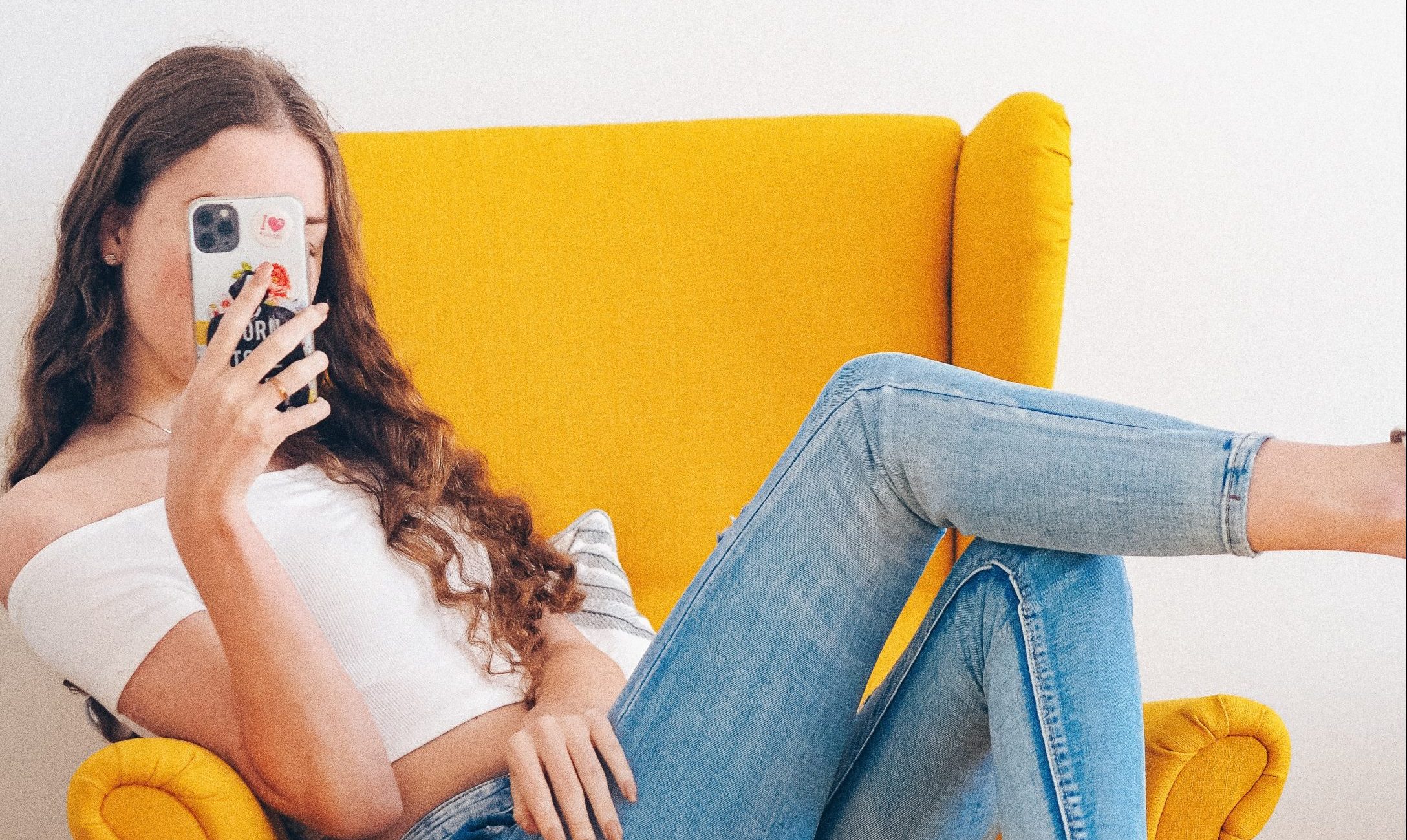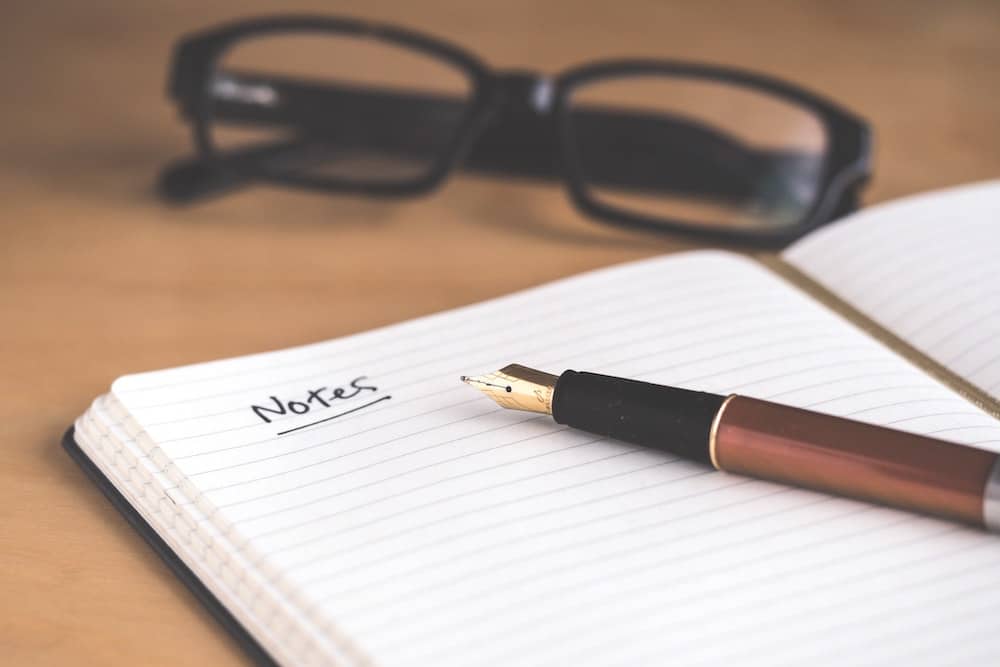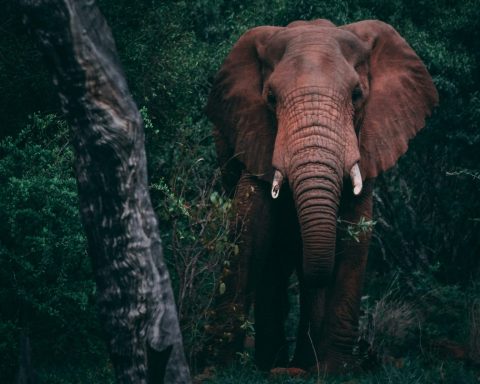
Across the world, roughly 4.95 billion people have access to the internet, 92.1% of which choose to log on via their smartphones. About 58.4% of the global population – some 4.62 billion people – are social media users, who each spend an average of 2 hours 27 minutes per day across multiple social media platforms, and constitute 2.91 billion, 1.48 billion, 1.00 billion active daily users of Facebook, Instagram and TikTok, respectively.1 A notable phenomenon to emerge from this digital ecosystem is the digital content creator or ‘social media influencer’ (SMI).
SMIs are every day, ordinary internet users who accumulate large followings across their various social media platforms by engaging with their audience through visual narration of their personal lives and lifestyle choices.2 They build reputations for their knowledge, experience and expertise in specific topics, regularly posts their created content regarding that topic, and subsequently monetize their following through marketing strategies that promote brands and products relevant to their niche area of interest (which involves influencing their audience to create consumer trends and purchase the products they feature in ‘advertorials’).3 SMIs can gather audiences from hundreds to millions,4 generate revenue to supplement, or even entirely replace and vastly exceed, their existing incomes,5 and become full-time ‘content creators’ with niche celebrity status. Beauty, health and fitness, travel, fashion and luxury items are the principal domains inhabited by SMIs, who attract large numbers of followers after their content ‘goes viral.’6 Simultaneously, the unifying power of the globalised internet allows much smaller but geographically separated groups with uncommon, obscure or specialised interests to form vibrant digital communities around niche SMIs. While these ‘democratising’ powers promote empowerment and participation, they also (concerningly) also allow SMIs to be created out of children and adolescents, such as 14-year-old Tiana Wilson (11.4 million YouTube subscribers), 13-year-old Lorenzo Greers (1.6 million YouTube subscribers), and 15-year-old Rosie McClelland (822,000 Instagram followers), whose social media accounts are under the management of their parents (remarkably, Charli D’Amelio, who only recently celebrated her eighteenth birthday, started her social media career in 2019 and has since amassed 144.6 million TikTok followers).
…while the content of their messaging is a well-recognised concern, the health impacts of social media stardom on SMIs themselves has largely gone unnoticed by healthcare professionals.
‘Health and wellness’ SMIs, such as Kayla Itsines (14.9 million Instagram followers), Adriene Mishler (11.3 million YouTube subscribers) and Amanda (Meixner) Rocchio (1.5 million Instagram followers), proffer advice, guidance and product recommendations intended to improve the physical, mental and spiritual wellbeing of their followships. Along with diet and exercise recommendations, they often discuss methods to reduce psychological distress such as anxiety, depression, and even procrastination, burnout, and ‘fear of missing out,’ while many even offered COVID-19 related health advice during the on-going pandemic.7 While a proportion of these SMIs hold professional qualifications to support the recommendations they make to their followers, many are dubiously qualified or distinctly not so. Given the enormous reach of their digital messaging (which generates substantial envy among public health professionals), their content is criticised for irresponsibly influencing the health behaviours of millions, many of whom are children and adolescents.8,9 However, while the content of their messaging is a well-recognised concern, the health impacts of social media stardom on SMIs themselves has largely gone unnoticed by healthcare professionals.
The polished, curated, often luxurious appearance of SMI content leads onlookers to believe that SMIs enjoy enormously glamorous, privileged, jealousy-inducing lifestyles.
To ‘make it’ as a SMI, especially to establish significant followings that generate considerable income streams, digital celebrities must dedicate huge quantities of time across their various social media platforms, constantly interact with their online followings, and even invite audiences ‘behind the scenes’ into their personal spaces and private lives. Unlike traditional celebrities, whose luxurious lifestyles and otherworldly auras render them seemingly untouchable to their fans and disciples, the qualities that elevate an everyday social media user to superstar status in the SMI world are authenticity, familiarity, and a deep sense of connection with an audience that trusts them. While Hollywood personalities inhabit the elite celebrity social class and rarely interact with their star-stricken devotees, SMIs imbue that ‘guy/girl next door’ sensation and continuously engage with their followers online. By corresponding directly, in real time over live stream via their social media platforms, with thousands of fans across multiple continents, SMIs develop trusting relationships with their tight-knit communities, which drives their various revenue streams through promotion of products related to their niche. As a general rule, the influential (and therefore money-making) ability of social media celebrities is directly proportional to their interactions with fans, which means that, to compete in the market of their particular niche, SMIs must spend increasing amounts of time online. This often means inviting their audiences into their private lives (many SMIs, especially children and adolescents, create and live stream their content from within their own bedrooms), and necessitates being continuously accessible to their digital fanbase to respond to the messages from their adoring admirers. The result is that, unlike traditional celebrities who can retreat to the privacy of the backstage or green room, SMIs are always ‘on,’ have no protected downtime, and lack private spaces for rest and recuperation. To remain competitive in the increasingly crowded SMI market, they must also create novel, appealing, high-quality content on a regular basis to appease their followers. These expectations increasing grow, as there will always be a rival SMI prepared to post more frequently, meaning all SMIs are under continuous pressure to reliably ‘go viral.’ This is especially the case for SMIs who collaborate with brands to recommend their products, in which they are contractually obligated to regularly post and maintain their followership above a specified threshold.
The results of working under such arduous conditions are unsurprising. Increasingly, SMIs are revealing (often to their audiences via their social media platforms) that they are ‘burning out,’ struggling with anxiety and depressive disorders, and leaving social media due to mental health difficulties.10,11 These effects are compounded by other characteristics inherent to online stardom, including the necessity to navigate the (often shifting) regulations of the platforms they depend upon, cope with the realities of extreme and unexpected fame, and operate without safeguards or employment regulations, all while dealing with anonymous trolls and digital bullies intent on harming SMIs’ reputations. Working under such conditions would be extremely challenging for any individual, but SMIs in their childhood and early adolescence are particularly vulnerable to their harmful effects on health and wellbeing.2
The polished, curated, often luxurious appearance of SMI content leads onlookers to believe that SMIs enjoy enormously glamorous, privileged, jealousy-inducing lifestyles. And of course, at least to some degree, they’re correct – SMIs often attend exclusive events, travel to exotic locations, and access new products before their market release, which are all enabled by their followership and their ability to influence. However, the reality of life as a SMI has a largely concealed darker side, which threatens to cause harm that is severe and enduring (For a well-written insight into the lives of SMIs, including the impacts on their health and wellbeing, Olivia Yallop’s ‘Break The Internet’ is a strong recommendation). Accordingly, SMIs will increasingly present to their GPs with mental health symptoms induced by their industry.
It is important that GPs are able to recognise this phenomenon, and to not dismiss the SMI lifestyle as a harmless pursuit for frivolous Gen-Z-ers. The first step is to recognise social media content creation as a legitimate occupation, with the potential to expose ‘workers’ to its industry-specific hazards. Onward referral to relevant mental health services, especially for children and adolescent SMIs, may well be the appropriate next step.
References
Data Reportal. Digital 2022: Global Overview Report. https://datareportal.com/reports/digital-2022-global-overview-report [accessed 30 July 2022]
C Abidin. Communicative intimacies: Influencers and perceived interconnectedness. Journal of Gender, New Media, and Technology 2015; 8. DOI: 10.7264/N3MW2FFG
W Geyser. What is an Influencer? – Social Media Influencers Defined [Updated 2022]. Influencer Marketing Hub 27 July 2022. https://influencermarketinghub.com/what-is-an-influencer/ [accessed 30 July 2022]
Digital Marketing Institute. 9 of the Biggest Social Media Influencers on Instagram. 19 September 2021. https://digitalmarketinginstitute.com/blog/9-of-the-biggest-social-media-influencers-on-instagram [accessed 30 July 2022]
S Bradley. How much money Instagram influencers make. Business Insider 28 June 2022. https://www.businessinsider.com/how-much-money-instagram-influencers-earn-examples-2021-6?r=US&IR=T [accessed 30 July 2022]
Viral Nation. 10 Powerhouse Influencer Marketing Niches. 20 August 2019. https://www.viralnation.com/blog/10-powerhouse-influencer-marketing-niches/[accessed 30 July 2022]
E Pöyry, H Reinikainen and V Luoma-Aho. The Role of Social Media Influencers in Public Health Communication: Case COVID-19 Pandemic. International Journal of Strategic Communication 19 June 2022; 16(3): 469-484. DOI: 10.1080/1553118X.2022.2042694
H Horton. Instagram vegan diets are risking malnutrition among millennials, Harley Street nutritionists warn. The Telegraph 24 March 2019. https://www.telegraph.co.uk/news/2019/03/24/instagram-vegan-diets-risking-malnutrition-among-millennials/ [accessed 30 July 2022]
SA Baker. Alt. Health Influencers: how wellness culture and web culture have been weaponised to promote conspiracy theories and far-right extremism during the COVID-19 pandemic. European Journal of Cultural Studies 11 January 2022; 25(1): 3-24. DOI: 10.1177/13675494211062623
R Jennings. The influencers are burned out, too. Vox 25 May 2021.https://www.vox.com/the-goods/2021/5/25/22451987/influencer-burnout-tiktok-clubhouse [accessed 30 July 2022]
T Lorenz. Young Creators Are Burning Out and Breaking Down. New York Times 17 September 2021. https://www.nytimes.com/2021/06/08/style/creator-burnout-social-media.html [accessed 30 July 2022]
RT Muller. Social Media Affects Influencers’ Mental Health. Psychology Today 06 October 2021. https://www.psychologytoday.com/gb/blog/talking-about-trauma/202110/social-media-affects-influencers-mental-health [accessed 30 July 2022]
Featured image: Photo by Laura Chouette on Unsplash








